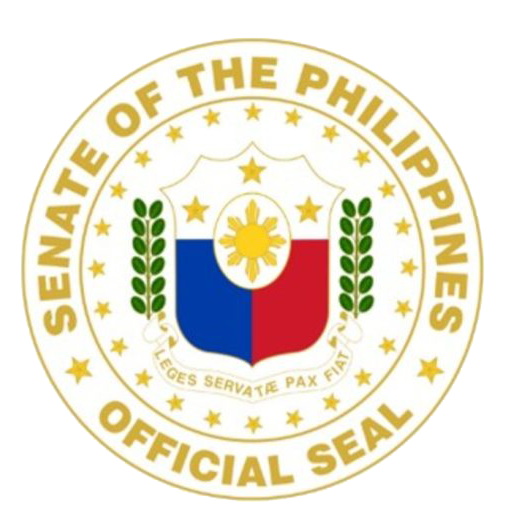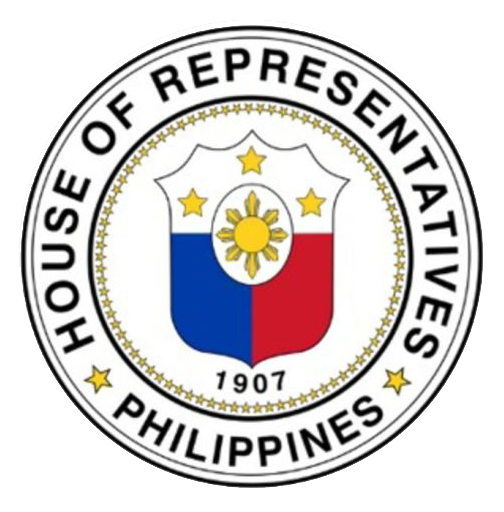A Long Way Ahead: Laying the Foundations for Inclusive Mass Transportation
Cleah D. Nava
Middle Manager 2023
19 December 2024
Introduction
As part of the DAP’s Capability Building on Innovative Leadership for Legislative Staff (CBILLS) Program’s initiatives to surface relevant and timely socioeconomic and political trends, the fourth Thursday Talks lecture in 2023, entitled “Making Ways for Safe and Inclusive Mass Transportation,” tackled perennial mass transportation problems, highlighting the status of the transport infrastructure and network. Leading the discussion, two distinguished speakers in the field of sustainable transportation, namely Dr. Ma. Shielah Napalang, Director for Research and Publications, UP School of Urban and Regional Planning (SURP), and Ms. Anne Clarice Ng, Former Executive Director of SafeTravelPH gave an overview of the current state of the mass transportation system in the Philippines. The discussants, representing various sectors, shared their perspectives on the Future of Urban Mobility. The lineup of resource persons featured Mr. Billie Aranzanso, Supervising Transportation Development Officer of the Department of Transportation (DOTr), Dr. Syrus Gomari, CEO of Mobility Vision+, and Mr. Jaime Aguilar from Move as One Coalition.
Role of Efficient Public Transportation Systems in Socioeconomic Development
Dr. Napalang provided the context of the current problems faced by Filipino commuters. I agree with her perspective that “expanding roadways to accommodate traffic is like combatting obesity by buying larger pants.” Building more roads is not necessarily the better option. The bigger challenge is to develop a sustainable transport network that will cater to the needs of constituents. The United Nations High-level Advisory Group on Sustainable Transport defined sustainable transport as
the provision of services and infrastructure for the mobility of people and goods advancing economic and social development to benefit today’s and future generations in a manner that is safe, affordable, accessible, efficient, and resilient while minimizing carbon and other emissions and environmental impacts. (2016, p. 7)
It is vital for our policymakers to consider the urgency of establishing an efficient and sustainable transport system. Addressing traffic congestion should not only be the primary consideration. There is also a need to make spaces safer and more accessible to the public, reduce air pollution by incorporating nature in cities, and even encourage lifestyles conducive to economic development.
This lecture on the modernization of the Philippine transport system and the development of sustainable transport facilities is very relevant for us who are working in the Senate and House of Representatives because our legislators continuously deliberate on the proposed budget for the Executive bureaucracy, including the DOTr, the agency primarily responsible for developing an effective and coordinated network of transportation systems.
It is noteworthy to mention that in 2022, the Senate passed the “Walkable, Bikeable Communities Act” to institutionalize active transport by establishing a safe pathways network. As the former Committee Secretary of the Senate Committee on Sustainable Development Goals, Innovation and Futures Thinking, which conducted the public hearings on the said bill, I have personally listened to the sentiments of biking advocates, health experts, and other stakeholders. Through Committee undertakings and dialogues, I have learned the importance and benefits of sustainable transportation. Thus, this lecture is very relevant to my work in the Senate.
Multisectoral Approach to Sustainable and Inclusive Public Transport
While the resource persons offered varying perspectives on the subject matter, a key theme stood out: the government alone cannot solve the transportation issues in the country—it requires a whole-of-nation approach. Establishing sustainable and inclusive public transportation in the country requires prioritized funding to strengthen physical and digital transport infrastructures while employing people-oriented solutions and data-based technologies to the current challenges. In Bogotá, Colombia, people have seen a significant increase in bicycle commuting because of adequate investments in bicycle infrastructure. On the other hand, Jakarta, Indonesia prides itself on having the longest bus rapid transit (BRT) system in the world.
Through co-creation processes with stakeholders from different sectors, the government can implement transportation policies that prioritize accessibility for vulnerable groups, such as persons with disabilities (PWDs) and the elderly, among others. Notably, local governments should also embrace sustainable transport planning in line with national policies to ensure better mobility of people and services in the long term.
Striding Toward Sustainability and Inclusivity
In the Philippines, the clamor to build more efficient and sustainable transportation has become louder and stronger amid the growing population and continuous increase in fuel prices. The speakers also echoed this perspective—efficient mass transportation is needed to reduce traffic congestion and the amount of air pollution. Public transportation makes it possible to travel with less cost, pollution, and traffic. We can only encourage private car users to shift to public transportation when they are assured of convenience, easy access, comfort, reliable service, safety and security, customer-friendly service, affordability, and an interconnected transport network. While the availability and adequacy of funding for sustainable transport pose a considerable challenge, the more critical factor that prevents the Philippines from pursuing a reliable, environmentally sustainable, and people-oriented national transport system is the political will among our leaders and the right mindset to take bold steps to achieve these goals.
As Enrique Peñalosa (2013), former Mayor of Bogotá, once said: “An advanced city is not one where even the poor use cars, but rather one where even the rich use public transport.”
References
Ateneo Institue of Sustainability. (2022). The Urgent Call for Sustainable Mobility in Our Cities. Ateneo de Manila University. https://www.ateneo.edu/analysis-opinion/2022/07/01/urgent-call-sustainable-mobility-our-cities
High-level Advisory Group on Sustainable Transport. (2016). Mobilizing Sustainable Transport for Development. United Nations. https://sustainabledevelopment.un.org/index.php?page=view&type=400&nr=2375&menu=1515=1515
Mead, L. (2021). The Road to Sustainable Transport [Policy Brief]. International Institute for Sustainable Development. https://www.iisd.org/articles/deep-dive/road-sustainable-transport
Peñalosa, E. (2013, December 7). Enrique Peñalosa: Why buses represent democracy in action. TED. https://www.youtube.com/watch?v=j3YjeARuilI
Disclaimer: The views expressed in this article are solely those of the author and do not necessarily reflect the positions of the House of Representatives, the Senate of the Philippines, or the Development Academy of the Philippines.





